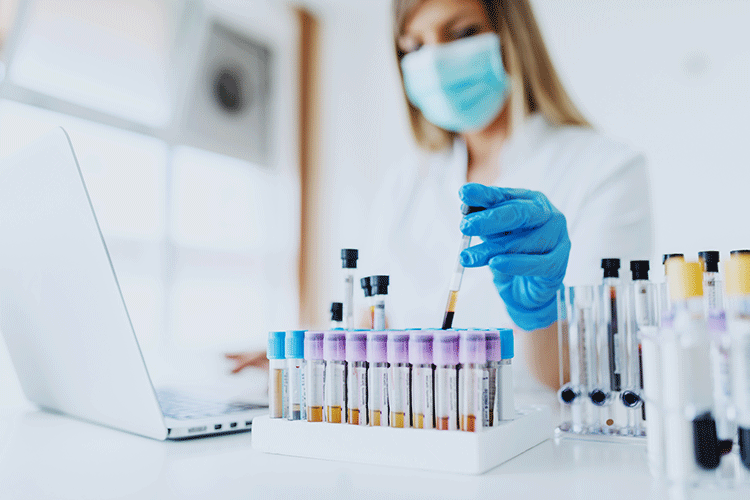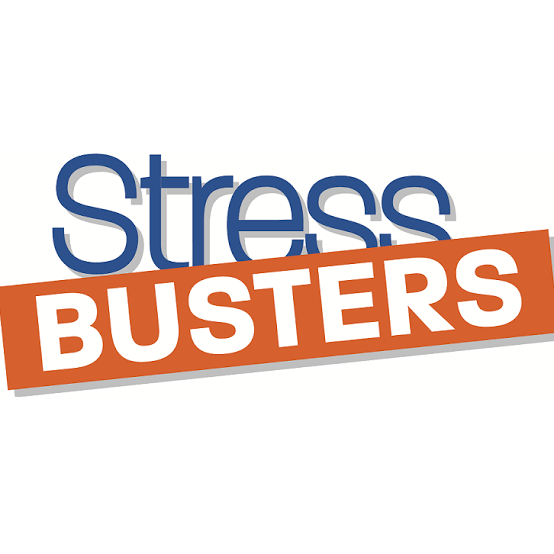Falsified or counterfeit medications, sometimes referred to as fake drugs, are a serious global health risk. These items purposefully provide false information about their origins, identities, or histories to trick customers into thinking they are real pharmaceuticals. Fake medications may have serious side effects, from life-threatening problems to inadequate sickness treatment.
These fake medications often include dangerous components or no active ingredients at all, which puts patients at risk of negative responses or worsening medical issues. False medications may affect patients and healthcare professionals by eroding confidence in pharmaceutical supply chains and healthcare systems.
Tackling the issue of fake drugs requires multiple approaches involving stringent regulatory measures, international cooperation, and public awareness campaigns. Governments and regulatory bodies must enforce robust laws to deter counterfeiters and ensure the integrity of pharmaceutical products.
Also Read: 10 Benefits Of Drinking Water Before Bed
Additionally, raising campaigns to facilitate among consumers about the risks associated with fake drugs is crucial for empowering individuals to make informed choices about their health. By combating the production, distribution, and sale of fake drugs, we can safeguard public health and uphold the integrity of medical treatments globally.
10 Practical Ways To Identify Fake Drugs
Identifying fake drugs is crucial for ensuring safety and efficacy. Here are ten ways to help identify fake drugs:
- Check Packaging: Authentic drugs usually come with high-quality packaging. Look for any signs of tampering, poor printing, or errors in labeling.
- Verify Manufacturer Details: Ensure the manufacturer’s name, address, and contact information are present and legitimate. Fake drugs often have incomplete or fake contact details.
- Examine the Batch Number and Expiry Date: Check that the batch number, manufacturing date, and expiry date are clearly printed and match those on the outer packaging. Inconsistencies can indicate a fake product.
- Look for Security Features: Many genuine drugs have security features like holograms, barcodes, or QR codes. Verify these features by scanning or cross-referencing them with official sources.
- Analyze the Physical Characteristics: Compare the color, size, shape, and taste (if safe) of the drug with an authentic version. Any discrepancies may suggest a fake drug.
- Use Mobile Apps and Online Databases: Some regulatory authorities and manufacturers provide apps and online databases to verify drug authenticity by entering specific codes or scanning barcodes.

- Check for Regulatory Approval: Verify if the drug is approved by relevant authorities (like the FDA IN US OR NAFDAC IN NIGERIA) by checking their official websites. Fake drugs often lack proper regulatory approval.
- Consult a Pharmacist or Healthcare Provider: Are you in doubt about any drugs you bought? consult a pharmacist or healthcare provider to verify the authenticity of a drug. They can provide professional advice and may have access to verification tools.
- Observe Pricing: If a drug is significantly cheaper than the standard market price, it might be counterfeit. Be cautious of unusually low prices.
- Report Suspicious Drugs: If you suspect a drug is fake, report it to local regulatory authorities. They can investigate and take appropriate action to remove counterfeit drugs from the market.
Final Thought
The dangers of consuming fake drugs are enormous. Using these methods can help protect you and loved ones against the dangers of taking counterfeit medications.
By employing these methods, you can significantly reduce the risk of using fake or counterfeit drugs and protect your health effectively and that of your loved ones.


